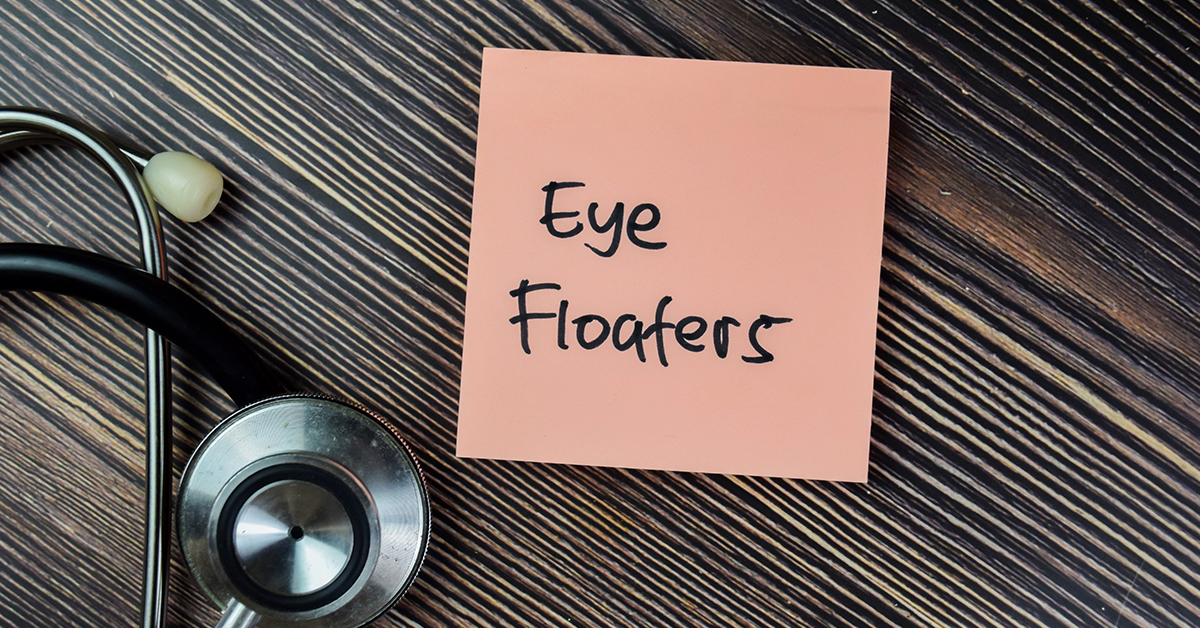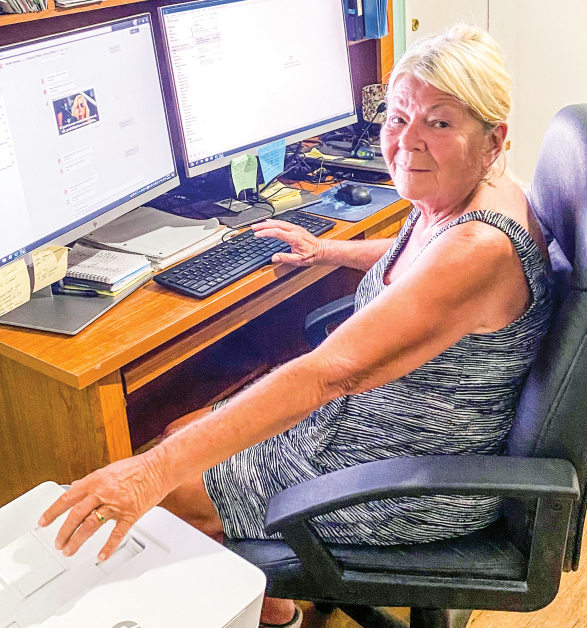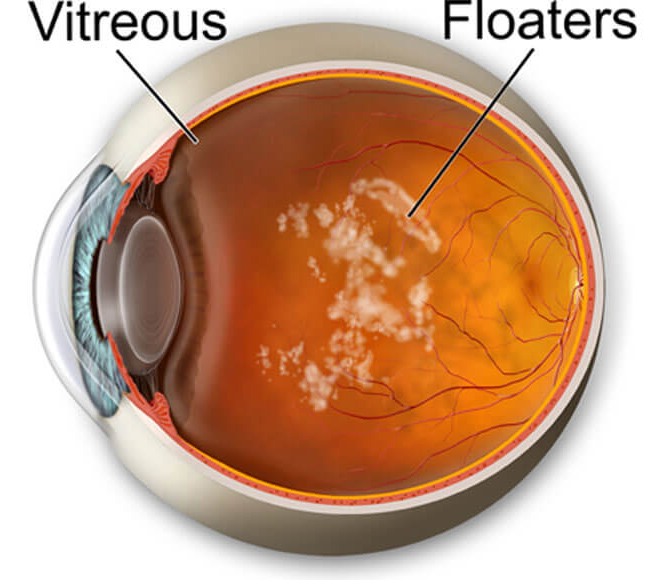



Courtesy Photo
Mary Rommel
Wisconsin native Kathy Rommel spent 10 years as a travel agent in Green Bay. Of the various jobs she’s held, she says that was probably her favorite. “I loved being a travel agent,” Kathy relates. “It was awesome, fun and very interesting. I had to get a lot of information to the travelers. And I always did a follow-up to find out how their trip went, what they did and didn’t like. I asked what we could do to improve our service as well.” Eventually, the travel office closed. At the same time, Kathy was going through a divorce. She decided to get away from Wisconsin to a warmer environment. She relocated to Texas and got a job with a national engineering, construction and project management company. “I was an administrative assistant in that company’s main office for three years, then they laid me off,” Kathy says. “The area in Texas where I lived was a concrete city, and I realized I’d had enough. I was ready to move on and headed to Florida. I’ve been in South Daytona for 12 years now, but when I first arrived I had a difficult time finding a job. “My vision was very poor then, and most of the places I applied wanted nightshift people. But I couldn’t see to drive at night. At times, I couldn’t tell if a light was red or green. I had developed cataracts, and that was like looking through a pure fog.” Kathy eventually underwent surgery to remove her cataracts, but her vision didn’t improve. In fact, it got worse. “I went to three specialists, and none could figure out why I wasn’t getting better,” she relates. “I kept telling the doctors that I had floaters coming in from the sides of my eyes. They went up and down and moved all around. Some were spots, but the worst were bigger areas that traveled across my eyes like a fog and interfered with my vision. “The doctors told me I had to live with them. They’d go away on their own. After a year, I went to my primary care physician. She referred me to Dr. Kumar.” Jaya B. Kumar, MD, is a board-certified, fellowship-trained retina specialist at Florida Retina Institute. She explains that as people age, the vitreous gel that fills the back cavity of the eye begins to degenerate and liquify. There are particles of protein in the vitreous that can cast shadows on the retina and appear in the vision. Those are vitreous floaters. “As we have more birthdays, our vitreous becomes less like jello and more like soup,” Dr. Kumar describes. “The proteins become more prominent as the gel liquifies, and that is what most people describe as floaters. “As we age, the vitreous starts to separate from the retina and optic nerve. Sometimes, people can see a ring where the vitreous has separated from the optic nerve. We call that a Weiss ring.”
Floaters are most common in people in their 60s and 70s because that’s the age when the vitreous typically liquifies. But floaters can occur in younger people who are nearsighted because their vitreous tends to be thicker. These people may start noticing floaters when they are in their 30s or 40s. “Kathy, who is 68, presented with dense vitreous floaters that had been bothering her for a long time,” Dr. Kumar remembers. “The floaters were more prominent when Kathy looked at a blue sky or white wall, and when she was driving and reading. They were getting in her way and becoming quite bothersome. “Initially, we opted to watch Kathy’s floaters for a brief time to see if her symptoms improved. Unfortunately, her symptoms continued to affect her daily activities. We then discussed treatment options, which included surgery.”
Any Port in a Storm
“The surgery to remove vitreous floaters is called pars plana vitrectomy,” Dr. Kumar informs. “It is similar to laparoscopic surgery in that we operate through small ports in the eye. Through these ports, we clear out all the vitreous from the back of the eye, and that eliminates the floaters. “To be a candidate for vitrectomy in our practice, patients must have already undergone cataract surgery. In addition, their vitreous must have naturally separated from the retina. We do not want to manually or surgically separate the vitreous from the retina because that could induce a retinal tear. Finally, the floaters must have been present for at least six months.” During vitrectomy, surgeons create three ports in the eye. One of the ports is used to introduce a balanced salt solution that replaces the vitreous that is removed. Over time, aqueous humor, the fluid from the front of the eye, begins to fill the cavity as well. The vitreous never replenishes. It does not harm the eye to have no vitreous. But before vitrectomy is considered, all other possible causes of floaters must be ruled out. “We must exclude other factors that could be causing the floaters,” Dr. Kumar asserts. “For example, blood can look like floaters, as can inflammation. Whenever a patient reports new floaters, we must make sure there is no other pathology.
“Today, my problem is solved. My vision is perfect. I have no problems, no floaters, and I can see 20/20.” – Kathy
“If patients start seeing flashing lights associated with floaters, they should see their eye doctor right away. Sometimes, the vitreous is sticky, so when it pulls away from the retina, a tear or bleed develops. These patients must be evaluated promptly with a dilated eye exam to ensure that when the retina separated, it did not cause a problem such as a retinal tear or detachment, which is when the retina pulls off of the back wall of the eye.” Kathy met all of the requirements for vitrectomy, so Dr. Kumar reviewed with her the risks and benefits of surgery. “Following our discussion, Kathy chose to proceed with surgery,” Dr. Kumar recalls. “We performed the procedure on her first eye, and she was so happy, she wanted to do the other eye. We performed vitrectomy on her second eye about a month later.”
Problem Solved
Kathy responded well to vitrectomy. And she credits her successful outcome to Dr. Kumar. “Today, my problem is solved,” Kathy reports. “My vision is perfect. I have no problems, no floaters, and I can see 20/20. “Dr. Kumar is awesome. She’s an intelligent and caring doctor. She’s soft-spoken and has a wonderful bedside manner. Dr. Kumar is the best, and I’ve recommended her to a couple of my friends. “I can’t say enough good things about Dr. Kumar. She’s my angel, a true miracle worker.”











Leave a Reply